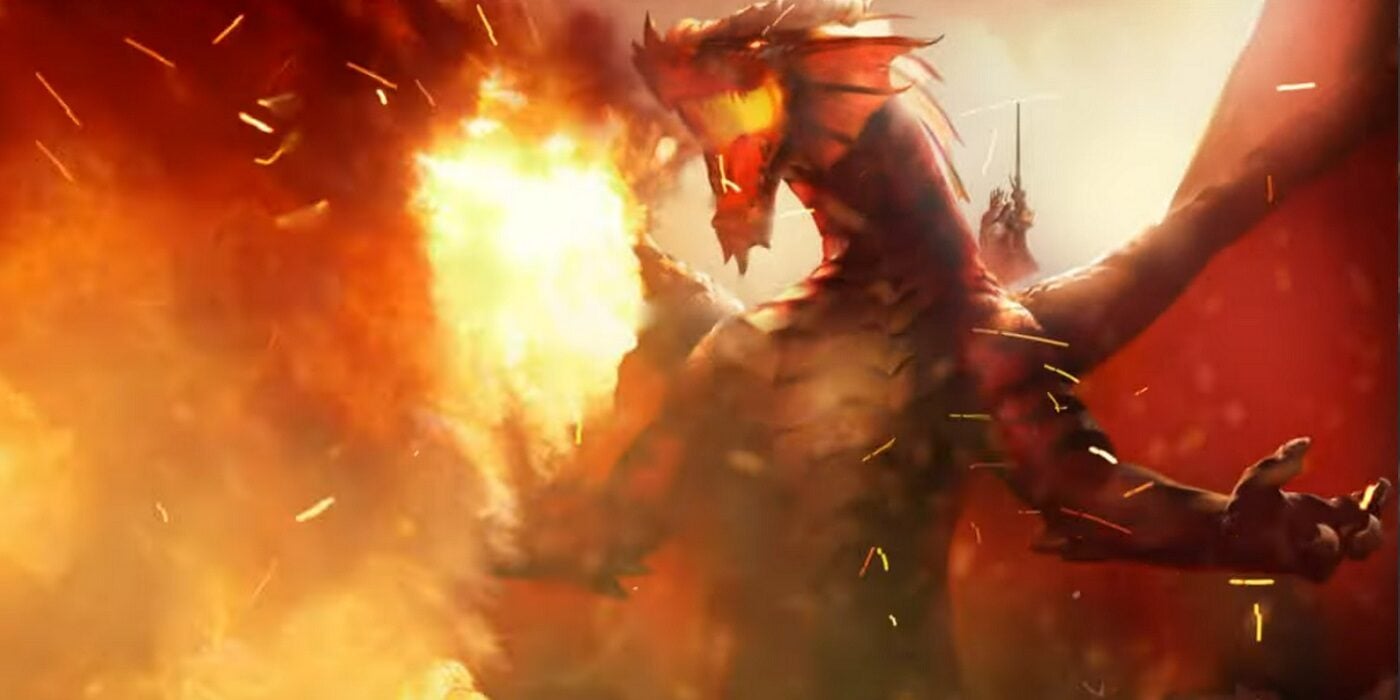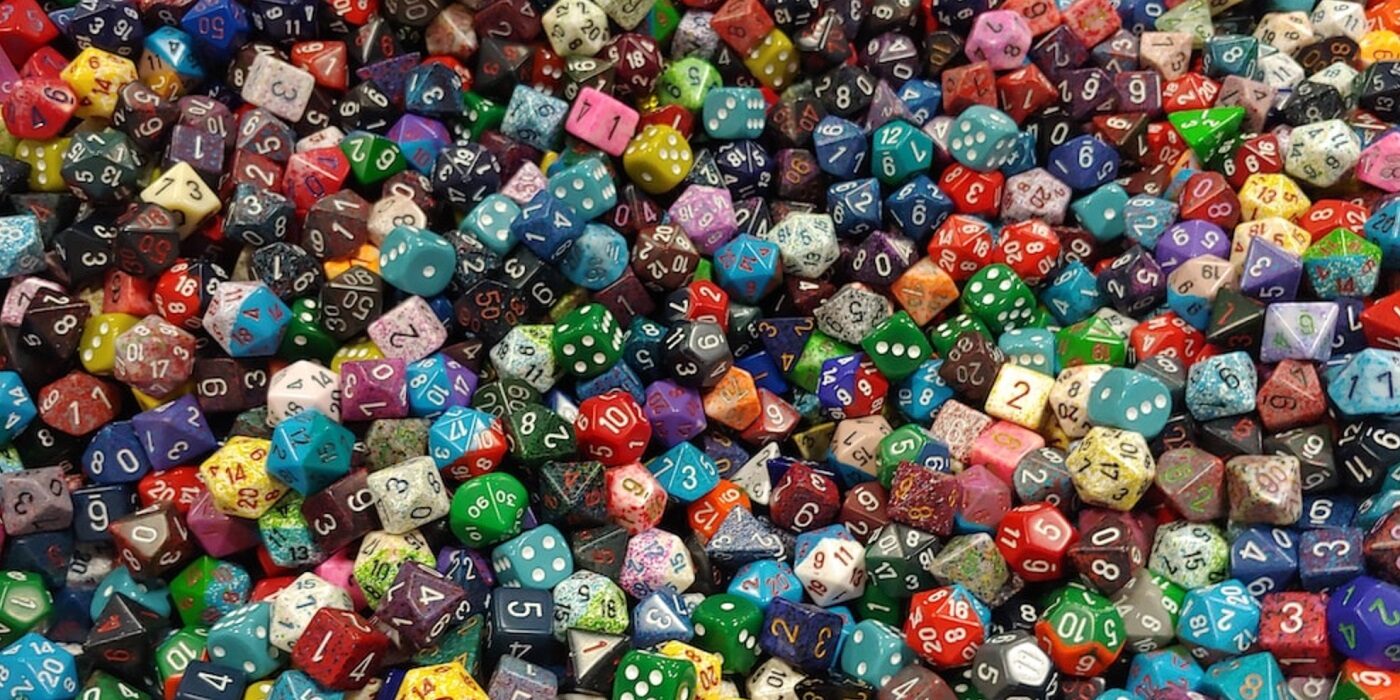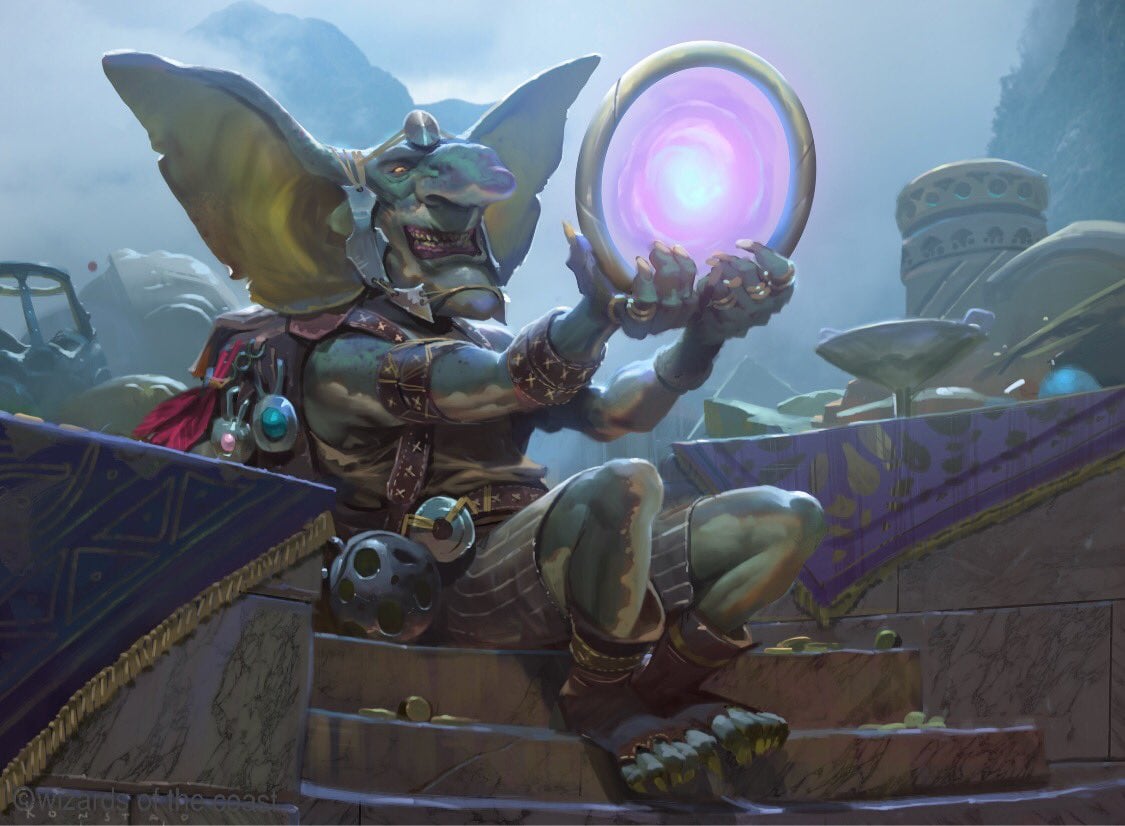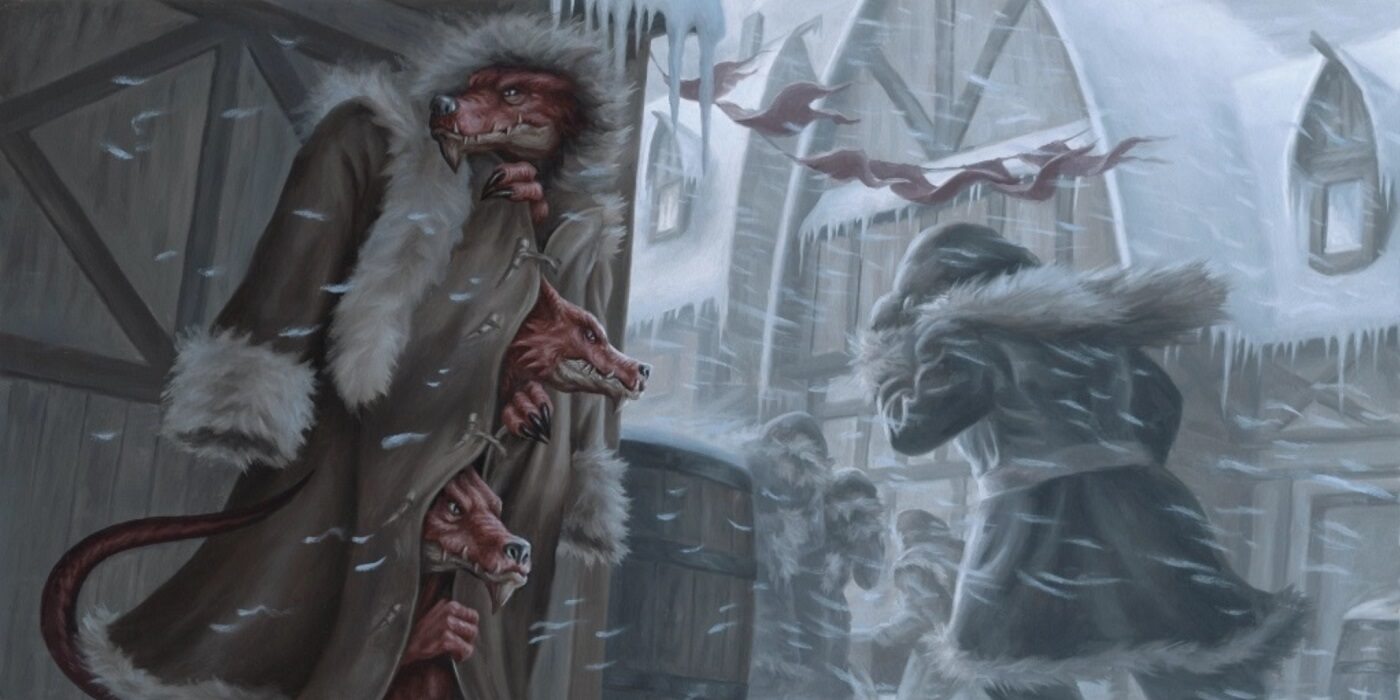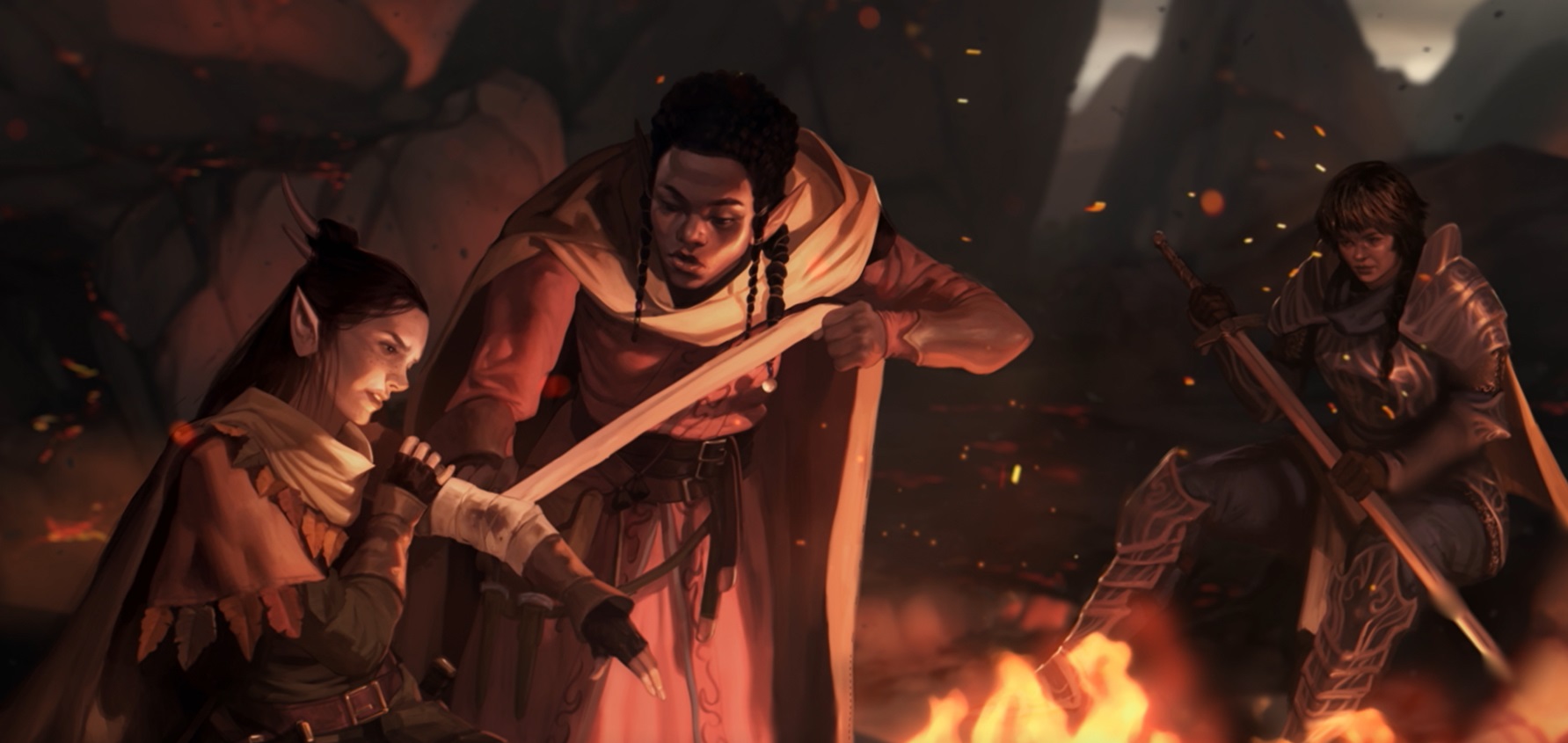Making memorable fights is as much an art as it is a science. The secret is practice, practice, practice—and maybe try some of these tips.
Building encounters is one of the trickiest things in D&D. Because you can find something that has the right balance mathematically—but numbers aren’t everything. They matter, for certain. The right mix of numbers, both in terms of enemy AC and HP totals, and damage per attack and everything is something you absolutely need to consider. But it’s not the only thing.
How many fights have you had that quickly turn into a slog of chipping away at an enemy’s HP pool with miss after miss. Or that turned into little more than a speedbump because the party did their favorite combo and it worked?
The encounters that stick with us are often the ones that have a story all their own. Maybe everything came down to a single roll of the dice. Or it’s the fight where a new favorite NPC was discovered. Or killed. The one thing they all have in common is that there’s a story you can tell. From the longest odds (and the timely natural 20s) to dumb ideas that shouldn’t work, but did. Here are a few things you can do to try and make an encounter memorable.
Put a Guy On Top of Something Dangerous
Let’s start with an easy one. Put a guy that the party is supposed to fight on top of something dangerous. It’s a concept that rings true, whatever edition of D&D or D&D-adjacent RPG you’re playing. It not only makes for a dynamic fight with some interesting moving parts—but it implies a story and raises questions.
How did this goblin tame a carrion crawler? Why is that vampire lord riding a wyvern, and is it also a vampire? Where did the death knight even find a dracolich?
It ups the drama of the fight. And it’s your chance to paint a picture of something awesome that you might see on the side of a van in cool airbrush art. Which might sound cheesy, sure, but that’s what we’re here for. Those moments that feel like they’d be on the cover art of some nordic metal band’s 3rd concept album. So find something that makes you go “whoa cool” or “yeah this’ll be hilarious” or even both, and then put it in your game.
Let the Dice Have Their Say
Some of the most memorable encounters are the ones where the dice are just coming together to tell a story. I’m not even talking specifically about the times where one roll changed the course of the whole campaign (though those are amazing), but the ones where the dice seem to be leaning one way or another.
Like a fight where not a single party member can manage to hit the kobold rogue who’s just trying to get away with the chicken they stole from the camp stores. And now, it’s been three rounds and the kobold is still somehow alive and untouched. Or a fight where the party’s Fighter kept critting every enemy they came across. Even managing to hit the boss that was supposed to be this untouchable threat.
There’s a story in those wild swings of the dice. When things like that happen, when the odds are long but happen to go that way, it can be real fun to dig in. And to interpret what they mean—for the world of the game. It’s a way of taking the good or bad rolls and contextualizes them in the world. It invites the drama at the table (will we roll well) and gives it some narrative implications and meaning. We love that stuff.
We give a little story to all sorts of things. If you’ve played Warhammer, you now how a single unit can distinguish themselves (for good or ill) at the whims of the dice. But having a story to give meaning to the fact that you can’t roll 3+ save to save your life takes the sting out of it.
Leave Room For Surprises and Discovery
A close relative of “let the dice tell their story” is “let yourself be surprised, too.” Some of the best moments in RPGs come when everyone at the table is surprised by whatever happens. When the story taes a turn that just “makes sense.” And even if it’s not what you, the DM, have planned, everything just feels right.
You can leave a little room for those in your encounter. Some of it can even come out in your encounter building. A great way of designing an encounter can be getting to a point where you don’t know what’s going to happen next. Don’t be afraid to put something together that you don’t have an answer for. If you don’t know how your PCs are going to beat your big bad—that’s exactly the recipe for that one random magic item to come back to haunt you.
Embrace the Chaos
Sometimes you have to just let the chaos happen. I’m not saying that you have to throw out your tone—if you’re playing “dark fantasy” full of intrigue, you don’t have to suddenly throw it all away because your players built a device to put a portable hole into a bag of holding and are looking forward to unleashing it.
But it means figuring out what the ripples are from that. Or the ripples from using Disguise Self to sneak into a place. It’s saying “yes, you’ve done the thing you wanted to do—now what?” It means having an encounter that can run with that—or that answers it in kind—is an amazing move. Sometimes you have to meet chaos with chaos. Find that volleying back and forth rhythm.
The archwizard came prepared, for instance, and now that the players have closed in for the kill, with one final maniacal laugh, the villain of your whole campaign uses the “Utilize” action to drop their own bag of holding into a convenient portable hole.
Stick the Landing
Of course, we all focus on the big fight. But the moments after an epic encounter can be just as important. Especially if you’ve put together a big dynamic setpiece encounter. Again, it’s all about the story of what happens in the encounter. And nothing says “story” like one thing following another. Sure, the fireball that went off in the empty cathedral might have put some serious hurt on the evil cult leader—and now that the church is burning, there’s a new wrinkle to deal with now that the fight is over. That fire sure did spread!
And then you have an in-joke about how your party keeps setting things on fire on accident. Or whatever. Consequences don’t have to be punishing—but we want to know that our actions in the game have them. That’s how you get “player agency”: by having the world react as though people have done the things. And if you do it right, you have fun along the way.
So spare a few moments to give your next memrable encounter some denouement, and just bask in the glow of some good RPG times.
Subscribe to our newsletter!
Get Tabletop, RPG & Pop Culture news delivered directly to your inbox.
What are some of your most memorable encounters?
Don’t Miss:
Read more at this site

